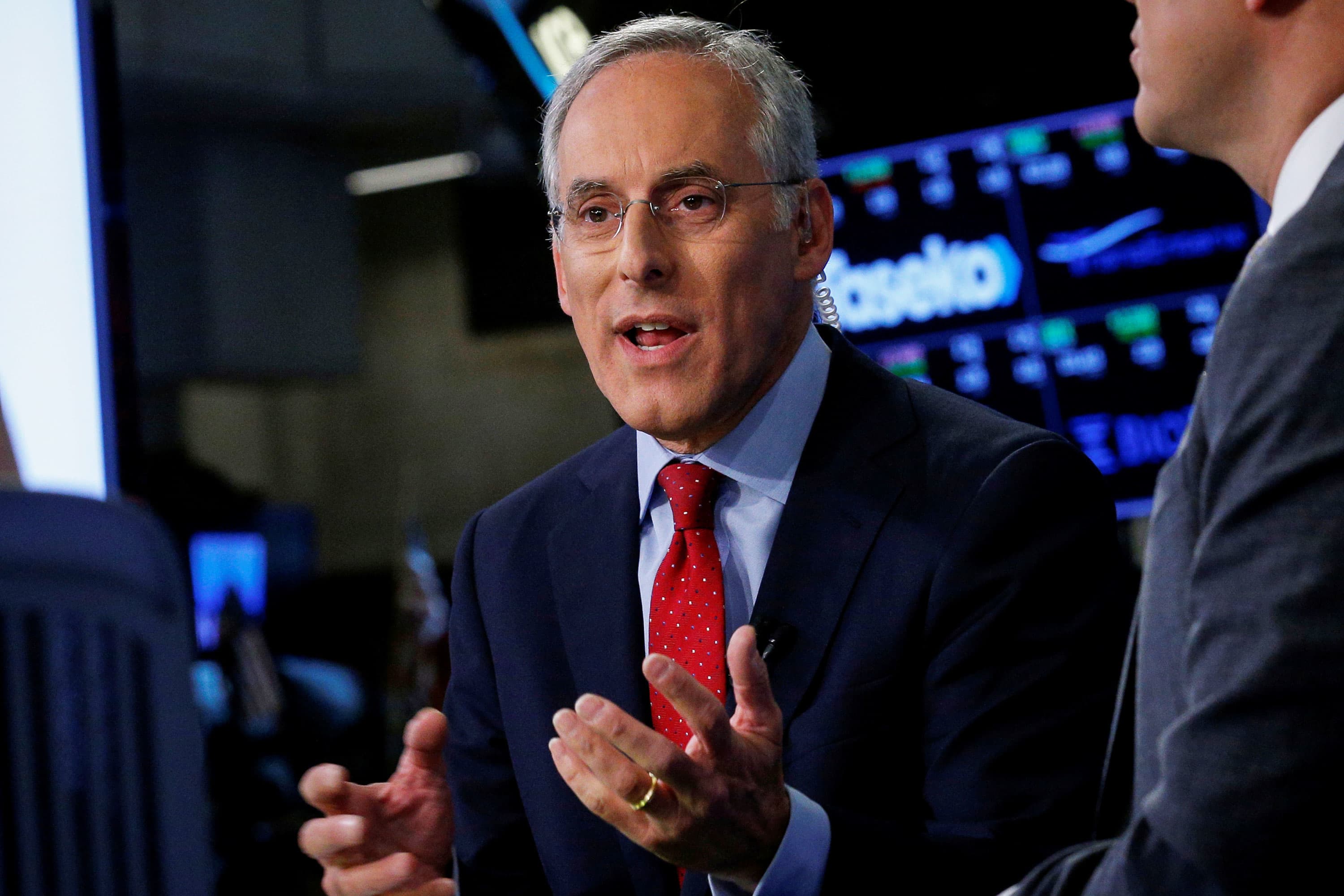
David Kostin, Goldman Sachs chief U.S. equity strategist, speaks during an interview with CNBC on the floor of the New York Stock Exchange, July 11, 2018.
Brendan McDermid | Reuters
LONDON — A substantial disconnect in the U.S. tech sector is top of mind for investors in 2022, according to Goldman Sachs‘ Chief U.S. Equity Strategist David Kostin.
U.S. tech sold off sharply in the first week of the year, taking the Nasdaq 100 into correction territory briefly on Monday before rallying to snap a four-day losing streak.
Investor skittishness has been driven largely by the prospect of a higher interest rate environment, with the Federal Reserve striking a more hawkish tone over the past month. Markets are now preparing for potential interest rate hikes, along with a tightening of the central bank’s balance sheet.
As a result, analysts broadly expect 2022 to be a tough year for high growth tech names that have benefitted from ultra-loose monetary policy necessitated by the Covid-19 pandemic as that stimulus unwinds.
“The single greatest mispricing in the U.S. equity market is between companies that have high expected revenue growth but low or negative margins, and on the other hand high growth companies with positive or very significantly positive margins. That gap has adjusted dramatically in the last year,” Kostin told CNBC Monday ahead of the Wall Street giant’s Global Strategy conference.
Kostin highlighted that high growth, low profit-margin stocks were trading at 16 times enterprise value-to-sales in February 2021. The enterprise value-to-sales ratio helps investors to value a company, taking into account its sales, equity and debt.
These stocks are now trading at around seven times enterprise value-to-sales, Kostin said.
“Much of that took place in the last month or so, and largely that’s because as rates increase, the valuation, or the value of that future cash flows, are worth somewhat less in a higher rate environment,” Kostin said.
“That’s a big issue, and so the gap between those two, I’d say, is the single biggest topic of conversation with clients. You’ve had a huge derating of the fast expected revenue growth companies that have low margins, and the argument is probably that there is more to go in that readjustment.”
The gap between these two types of stocks remains fairly close, he argued, and will likely widen. Kostin said this could take the form of the companies with both fast growth and high profit margins increasing in valuation, or those with low or negative margins pulling back further.
“That comes down to the relationship between rates and equities broadly speaking, the speed and the magnitude of the change and also very specifically about the idea of profit margins being such a key topic of fund managers, and that is so important in the rate change environment we’re experiencing right now,” Kostin said.




